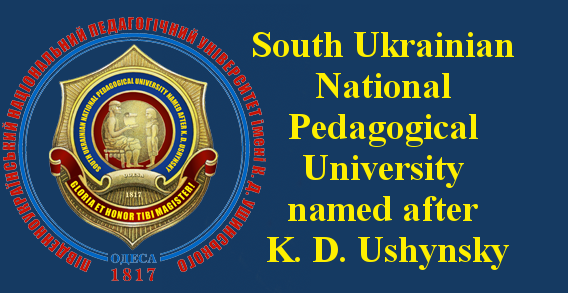On June 27, the four-week archaeological internship of students of the Faculty of History and Philology, who, under the guidance of Doctor of Historical Sciences Igor Bruyak and assistant Vladislav Vodko, worked on excavations in the village of Orlivka, Reni urban community, Izmail district.
The research was conducted on the outskirts of Kamyana Gora, a unique geological formation, where a border fortress of the Roman Empire functioned in the Roman period. It was this hill that controlled the narrowest part of the Danube, where a crossing existed since ancient times, which was a strategically important point in the region.
The research on Kamyana Gora began back in the 1960s. The remains of a Roman fortress were discovered here, which was part of the border defense system of the Roman Empire. Today, the main attention is focused on the territory of the suburbs, where archaeologists find the remains of ancient buildings and numerous artifacts: Roman ovens, pits, household items, jewelry, coins, ceramics - evidence of lively trade and cultural contacts of the local population with the cities of the Mediterranean and the steppe regions of the Northern Black Sea Region. Burials are especially valuable, which help to recreate the idea of the life and beliefs of people of the past.
The excavations were carried out in the southwest of the settlement. The work of an archaeologist is not only brushes and paintbrushes, but also a shovel, a metal detector, patience and accuracy. It is precisely skillful possession of a shovel that allows you to carefully open cultural layers without damaging artifacts. And a metal detector helps not to lose Roman brooches, coins or other metal finds among the soil.
For the students, this practice has become an important and unforgettable experience. Yes, getting up at 5 am and working under the scorching sun is not easy. But there was a friendly atmosphere in the group, students from different courses supported each other and overcame difficulties together. This experience is not only about archaeology, but also about community, trials and self-discovery.
The students actively documented their work on TikTok, sharing their impressions and reflections on what they saw and experienced.
Here are some of the participants’ responses: “There is nothing better than stumbling upon an interesting find when you are up to your ears in dust and sweat – it is a real thrill! Like fishing, only with a shovel. The atmosphere of the scientific community – conversations, discussions, literature about Orlivka, communication with teachers and local residents – all this is fascinating. It is as if you are touching history yourself!” Maksym Lukyniuk, 2nd year of study.
“The internship gave me a lot of positive emotions. It was the first time I took part in a real excavation and felt like a part of this process. The moments of finding artifacts – ceramics, coins, bones – were especially exciting. The biggest challenges were physical fatigue and getting up early.” Inna Totkalo, 2nd year of study
As part of the cultural program of the internship, the rector of Ushynsky University, Prof. A. V. Krasnozhon, a leading researcher of fortifications in Southern Ukraine, conducted an excursion through the old part of Izmail. The students visited the 16th century mosque – the oldest building in the city – and the remains of earthen fortifications.
Special thanks for the support in organizing the internship to the border services in the Odessa region and the commanders of the border detachments!
We also thank Ihor Viktorovych Pliekhov, Head of Reni City Council, and Oksana Volodymyrivna Yefymenko, Secretary of Reni City Council, for their assistance, as well as university friends Yevhen Lemberg, Oleh Kaminker, Mykhailo Shmushkovych, and Dmytro Bohdanov.
Thank you all for your busy and fruitful work! We wish the students and their mentors a good rest after hard work - and new exciting expeditions with no less interesting discoveries!
Among the most interesting finds of the expedition:
Roman coins of the emperors Antoninus Pius and Constans II
Roman fibulae (clasps) of the so-called military type
A red-lacquered ceramic lamp
A fragment of a stone mace from the late Bronze Age
Two burials - one of which is probably from the Chernyakhiv culture
A large number of ceramics from different periods.






